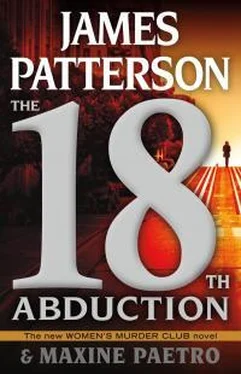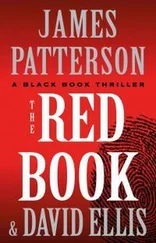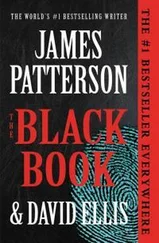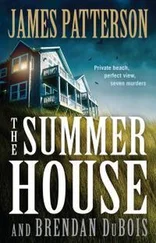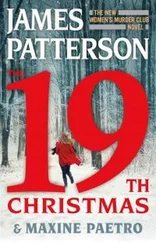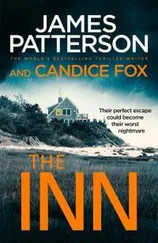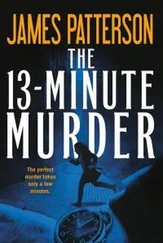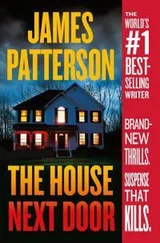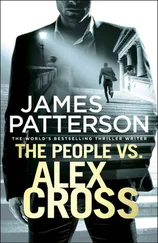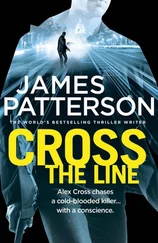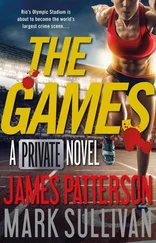And then what? She’d stood on the lip of the tub and jumped a couple of feet toward the drain?
No way. She would have reflexively kicked at the tub rim and the wall, pulled at the cord, and the shower apparatus would have pulled out of the wall—no, no, no. She’d been murdered first, and very likely after that, her killer had strung her up. This was a staged suicide. The panties were a flourish. I’d bet my badge on it.
Conklin edged in for a better look.
“There’s a bite mark on her neck,” he said.
“Good catch. And looks like two bath towels are missing,” I said.
Conklin said, “He used the towels to clean up and took them with him.”
My partner took snapshots of the body and the rest of the small room. When he was done, Clapper asked us to back out, and he summoned Hallows, his number two, to help him cut the body down.
Hallows laid a clean white sheet on the floor between the tub and the wall. Clapper supported the body while Hallows leaned in and cut the electric cord at the midpoint to protect possible DNA on either end.
I was guessing Myers weighed 115 pounds. She fell heavily when the cord was cut, but Clapper took the weight, Hallows grabbed her legs, and the two of them laid her down on the sheeted floor.
Hallows bagged Myers’s bound hands to preserve evidence that might be under her nails, and Conklin and I stepped outside to the walkway for some air.
I said to Conklin, “You okay?”
“Not really. You?”
We leaned on the railing and watched squad cars slow and pull up to the curb. Cappy McNeil and Paul Chi, two of the best homicide investigators in the state, got out of a gray Chevy and ID’d themselves to the uniform at the tape. Bystanders and looky-loos crowded the Ellis Street side of the line.
I wanted to talk with the manager, Jake Tuohy. Now. I had questions.
Who had checked into room 212? I wanted to see the register and run the names of the guests. I wanted to talk to the housekeeper who had found the body.
And I wanted Chi and McNeil to interview the motel guests sequestered in the lobby. A guest’s name could light up the criminal database. Someone may have seen something—a questionable person, an altercation, a license plate. It crossed my mind that whoever had strung up Carly Myers in the shower was staying here at the Big Four.
Despite my feeling of urgency, it was well worth the time spent to kick around theories with Conklin.
“Let’s play it out,” I said to my partner.
Chapter 21
“Rich, do we agree that this was not a suicide?”
“Agreed. Her tongue wasn’t protruding,” he said. “The panties and the shirt are someone’s idea of a joke. She was dead when she was hanged in the shower.”
My turn to agree.
“If she was suicidal, she wouldn’t kill herself in this hole. She’d do it in her apartment. She’d take pills. She doesn’t want her parents to picture what we saw in that bathroom. So let’s back up to the beginning.”
“Right. Starting with where she was last seen,” he said. “Killer sees her walking back to her car after she and her girls leave the Bridge on Monday night.”
I said, “He comes up behind her with a gun and forces her into his car.”
“Or she knew him,” said Conklin. “She gets into his vehicle and he drives her here. There’s a fight and it all goes wrong for Carly. But what about her two friends? Where were they?”
“Let’s focus on Carly for now,” I said. “Most likely, the guy picks her up, and class act that he is, he checks them into this dump. That was his plan all along. He kills her in the room Tuesday night or Wednesday morning and strings her up. He figures when she’s discovered, the cops will think that her death was self-inflicted.”
“That works,” said Rich. “The killer washes up and gets into his car. He could be in Vancouver by now.”
I said, “But there will be evidence of the murder in 212. What about the shirt?”
Conklin shrugged. “Let’s just say this freak likes a woman in a big man’s shirt. Maybe he left some of himself on that shirt.” He nodded at the road. “Look. We have company.”
Press trucks and a satellite van had double-parked along Ellis, and reporters hoping for quotes were crowding the line.
I saw Cindy. She waved. I waved back but made no move to let her through.
She would hold that against me.
Conklin said, “We should notify Carly’s parents before the press does.”
“Right. But first we talk to Tuohy.”
Chapter 22
Conklin and I were with Jake Tuohy in his grubby office, sitting across the room from his dump site of a desk.
He looked to be in his sixties, a heavy bulldog of a man with black tufts of hair sprouting in a horseshoe pattern around his balding scalp. His hands were calloused, his clothes were baggy, and his general appearance was consistent with the entropic ambiance of the Big Four Motel.
He also had an aggressive, one-note personality.
While his demeanor and appearance didn’t make him a murderer, I tried him on as a suspect.
He looked physically strong. He had access to the rooms. His prints and DNA would be all over 212 and could easily be explained away. Would the bite mark on Carly Myers’s neck match an impression of Tuohy’s teeth? Was there saliva?
Tuohy gave us the registration book—he had to. It was the law. But I had no right to demand a bite impression or a cheek swab, and we had no probable cause to arrest him.
Time was speeding by and our investigation was stalled. I drummed my fingers on the narrow plastic arm of my chair as we waited for Tuohy’s boss to call and give him a go-ahead to talk to us without a lawyer present.
The silence was killing me.
I stared over Tuohy’s head at the large sepia photograph hanging behind his desk, a reproduction of the four railroad tycoons who’d built the Central Pacific Railroad, funding their endeavor with what was widely described as questionable means. They were called the Big Four.
Also hanging on the wall was a photo of a younger Jake Tuohy in some wooded section of Northern California. He was standing beside a deer that had been strung up in a tree by a hind leg. Tuohy was grinning. He had a knife in his hand and was about to gut his kill.
That photo of the dead animal and the pleasure on young Tuohy’s face gave me a very bad feeling.
His phone vibrated.
He read a text, tapped the phone, read another text, then put the phone down.
“All right,” he said. “The dead woman checked in on Tuesday night with cash.”
“Tuesday,” I said. “Not Monday night? You’re sure.”
“It’s in the book. Tuesday. She didn’t say anything to me, just pushed the money across the counter. Two tens and a twenty.”
Conklin leaned forward and asked the motel manager, “She was alone?”
“That’s right.”
“At what time?”
“Around the same time as usual. After ten, something like that. And like always, she put a ‘Do Not Disturb’ sign on her door. We honor that around here. Up to a point. Due to a laundry strike yesterday, that point was over an hour ago.”
Conklin pressed on. “How’d she look?”
“I don’t understand the question.”
Conklin said, “Did she seem normal? Or was she stressed?”
“Fuck if I know,” Tuohy said. “I was on the phone. She pushed the cash at me. I gave her the key card to 212.”
I said, “You said ‘as usual.’ You’ve seen her before.”
“Sure. Like, every few weeks. Cinnamon was some kind of working girl.”
“Cinnamon? No, I think you’re talking about someone else. I’m asking about Carly Myers.”
“Look, I don’t know and I don’t care what her real name was. You showed me her picture, and I’m telling you now. The only way I know that girl is as Cinnamon. And from what I can tell, her customers liked some spice.”
Читать дальше
